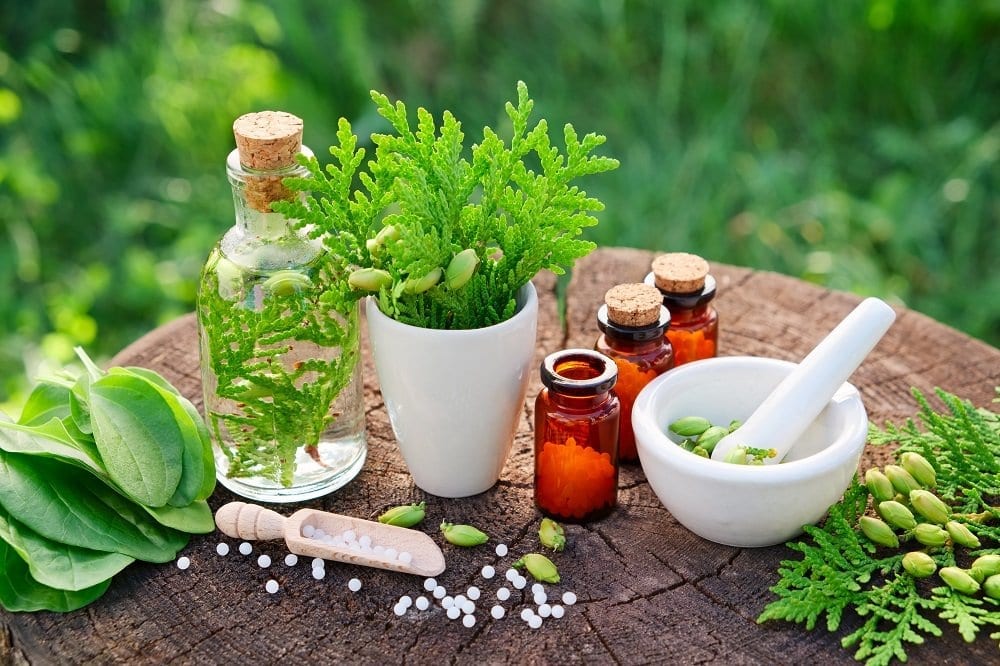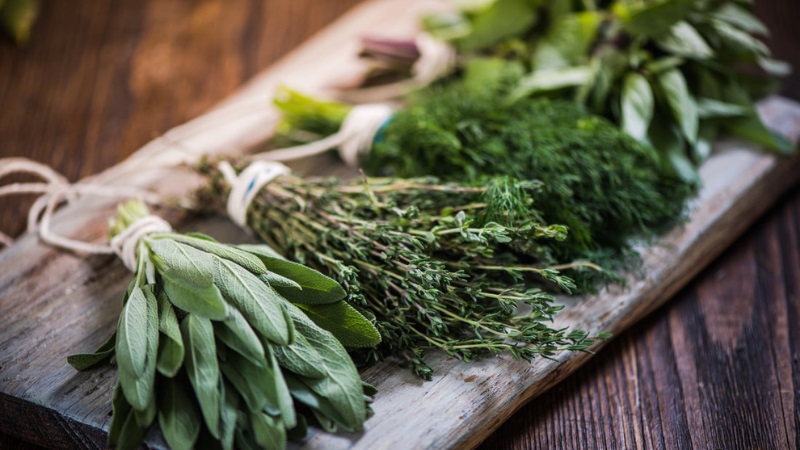5 Simple Techniques For Herbalife

In 1990, expenditure associated with "alternative" treatment in the United States was approximated to be US$ 13.7 billion. In Australia, copyright, and the United Kingdom, annual expenditure on typical medication is estimated to be US$ 80 million, US$ 1 billion, and US$ 2.3 billion, respectively.
The overall commercial value of the ethnobotanicals market can not be overlooked. In 1995, the complete turnover of nonprescription-bound herbal medicines in drug stores was equal to virtually 30% of the complete turn over of nonprescription-bound medicines in Germany, and in the United States, the yearly retail sales of organic items was estimated to be US$ 5 - herbal life.1 billion.
The Greatest Guide To Herbalife
In China, the complete worth of herbal medication made in 1995 reached 17.6 billion Chinese yuan (around US$ 2.5 billion; Eisenberg et al. 1998; WHO 2001). This trend has actually proceeded, and annual revenues in Western Europe got to US$ 5 billion in 2003-2004 (De Smet 2005). In China, sales of herbal items totaled US$ 14 billion in 2005, and earnings from natural medications in Brazil was US$ 160 million in 2007 (World Wellness Organization; http://www.who.int/topics/traditional_medicine/en/). In China, in 2003, conventional herbal medicines played a prominent duty in the approach to consist of and treat extreme acute respiratory system syndrome (SARS), and in Africa, a traditional herbal medication, the Africa blossom, has been made use of for years to treat wasting signs and symptoms connected with HIV (De Smet 2005; Tilburt and Kaptchuk 2008).
Herbs and plants can be refined and can be absorbed various means and forms, and they consist of the entire natural herb, teas, syrup, important oils, lotions, salves, scrubs, capsules, and tablet computers that consist of a ground or powdered type of a raw herb or its dried remove. Plants and natural herbs essence vary in the solvent made use of for removal, temperature level, and removal time, and include alcoholic removes (tinctures), vinegars (acetic acid essences), warm water extract (tisanes), long-lasting steamed essence, normally roots or bark (products), and cold infusion of plants (macerates).

Around 200 years earlier, the very first pharmacologically active pure substance, morphine, was generated from opium extracted from seeds hulls of the poppy Papaver somniferum. This exploration revealed that drugs from plants can be purified and administered in specific dosages regardless of the resource or age of the product (Rousseaux and Schachter 2003; Hartmann 2007).
The Definitive Guide for Herbalife
With this continued trend, items from plants and natural sources (such as fungi and aquatic microorganisms) or analogs motivated by them have actually added substantially to the industrial medicine prep work today. Examples consist of anti-biotics (e.g., penicillin, erythromycin); the heart stimulant digoxin from foxglove (Digitalis purpurea); salicylic acid, a forerunner of aspirin, originated from willow bark (Salix spp.); reserpine, an antipsychotic and antihypertensive drug from Rauwolfia spp.; and antimalarials such as quinine from Cinchona bark and lipid-lowering agents (e.g., lovastatin) from a fungus (Rishton 2008; Schmidt et al.
Even more than 60% of cancer therapies on the market or in screening are based on all-natural items. Of 177 drugs accepted globally for treatment of cancer cells, more than 70% are based on all-natural products or mimetics, a number of which are enhanced with combinatorial chemistry. Cancer cells therapeutics from plants consist of paclitaxel, separated from the Pacific yew tree; camptothecin, stemmed from the Chinese "pleased tree" Camptotheca acuminata and used to prepare irinotecan and topotecan; and combretastatin, stemmed from the South African bush willow (Brower 2008.
In between 2005 and 2007, 13 medications acquired from all-natural items were approved in the United States., last access: November 5, 2010).
The Single Strategy To Use For Herbalife
In the United States, the National Facility for Complementary and Natural Medicine at the National Institutes of Health spent roughly US$ 33 million on organic medicines in the financial year 2005; in 2004, the National Canadian Institute dedicated virtually US$ 89 million for researching a range of standard therapies. While this scale of investment is low compared to the total r & d costs of the pharmaceutical industry, it however shows genuine public, industry, and governmental passion around (Li and Vederas 2009). With incredible growth in the interest in and use typical medicines worldwide, 2 primary areas of concern develop that bring major challenges.

Comments on “Some Of Herbalife”